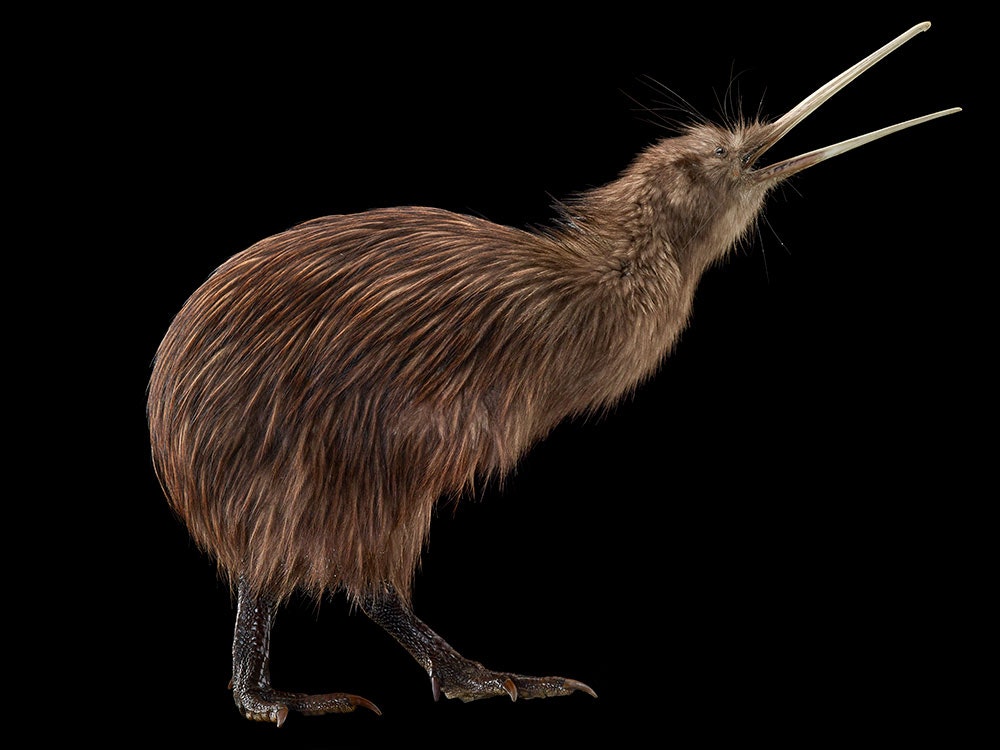
North Island brown kiwi
The kiwi is a symbol of Aotearoa – and one of the strangest birds in the world.
Free museum entry for New Zealanders and people living in New Zealand
Open every day 10am-6pm
(except Christmas Day)
Free museum entry for New Zealanders and people living in New Zealand
How does a kiwi smell for food? Why do they have whiskers? Along with being a symbol of Aotearoa, the kiwi is also one of the strangest birds in the world – with noses at the end of their beaks, and giant eggs that take up much of their body.
Kiwi feathers are used for kahu kiwiand are highly prized taonga Māori as they carry the wairua of the kiwi whose feathers make up the cloak.
They share their name with a fruit, their image is often used in logos, and the word Kiwi has become a nickname for people from Aotearoa New Zealand.

The kiwi is a symbol of Aotearoa – and one of the strangest birds in the world.
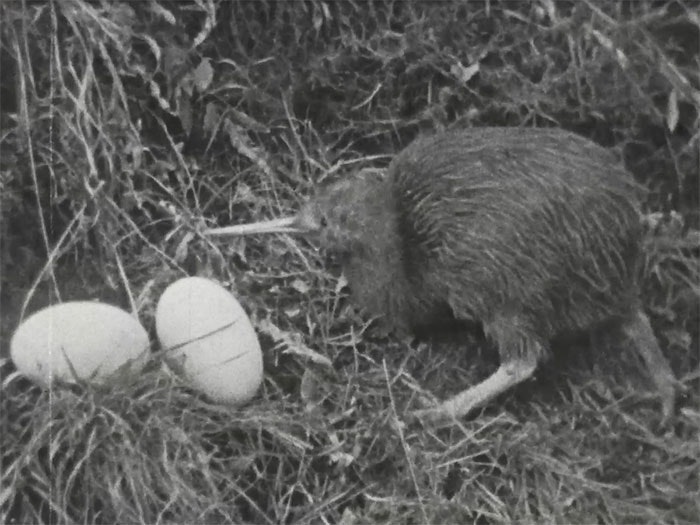
Bird expert, Colin Miskelly, comments on recently rediscovered 1940s footage of a kiwi, and explains how far wildlife documentaries have come in the last 70 years.
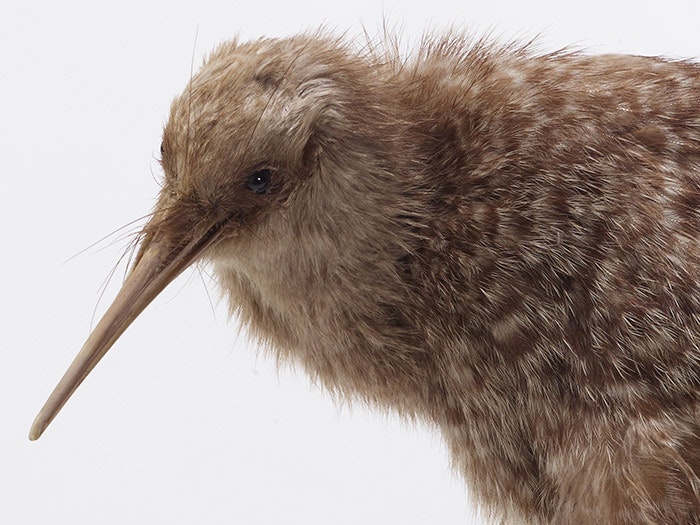
Discover more about the little spotted kiwi – the smallest of the kiwi species

Tāne asks Kiwi to help save the forest – but it comes at a great price.
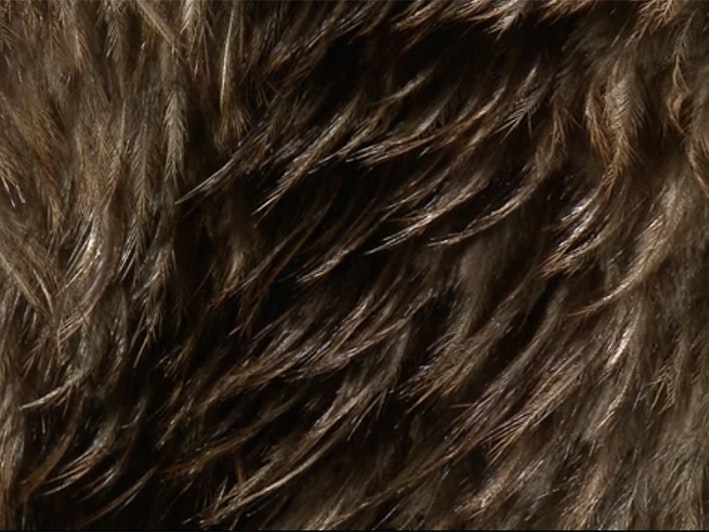
This kahu kiwi (kiwi-feather cloak) has honoured successive generations of the Tirikātene family and their achievements in politics and education.
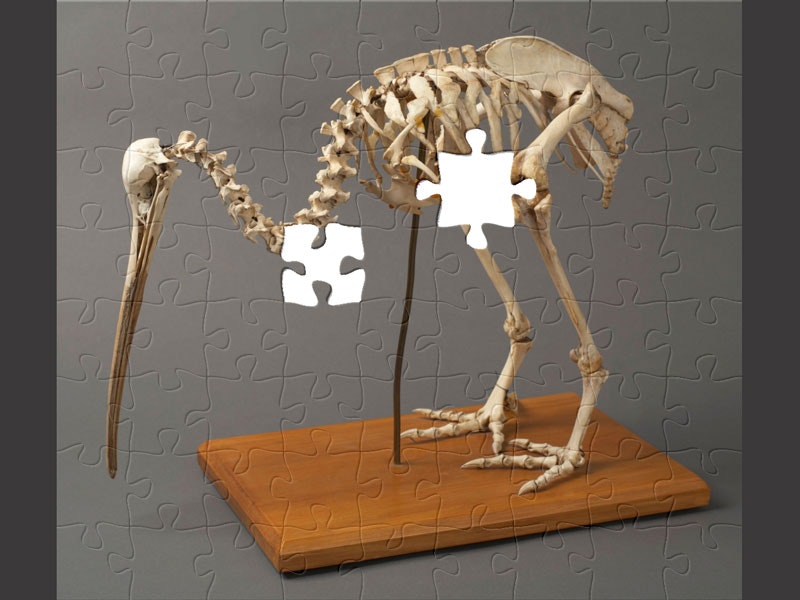
Stewart Island Brown Kiwi, Apteryx australis lawryi. Te Papa (OR.026398)
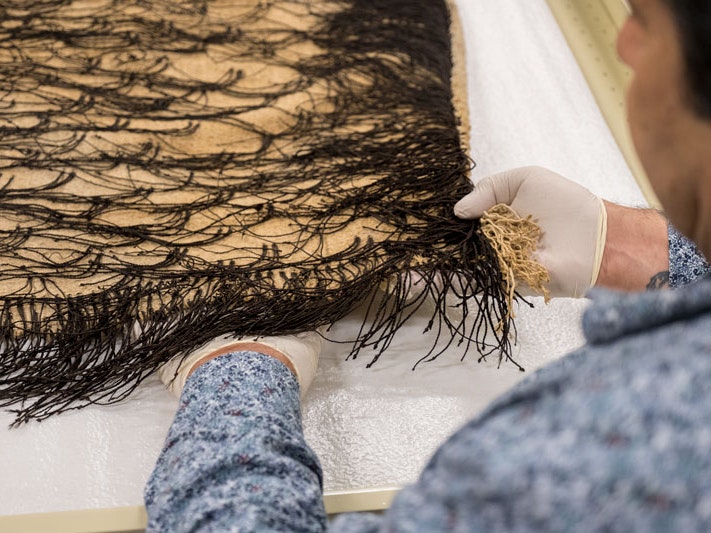
There have been many conversations circulating in the media about Jacinda Ardern wearing a kakahu (cloak) at the recent Commonwealth Heads of Government Meeting. Kaitiaki Māori Collection Manager Mark Sykes explains the differences between kahu huruhuru, kahu kiwi, kahu kuri, and korowai.

Birds are an important part of New Zealand's nationhood. We are the only nation where the people are colloquially known by a bird name – 'Kiwi'.

Birds are an important part of New Zealand's nationhood. We are the only nation where the people are often colloquially known by a bird name – ‘Kiwi’.
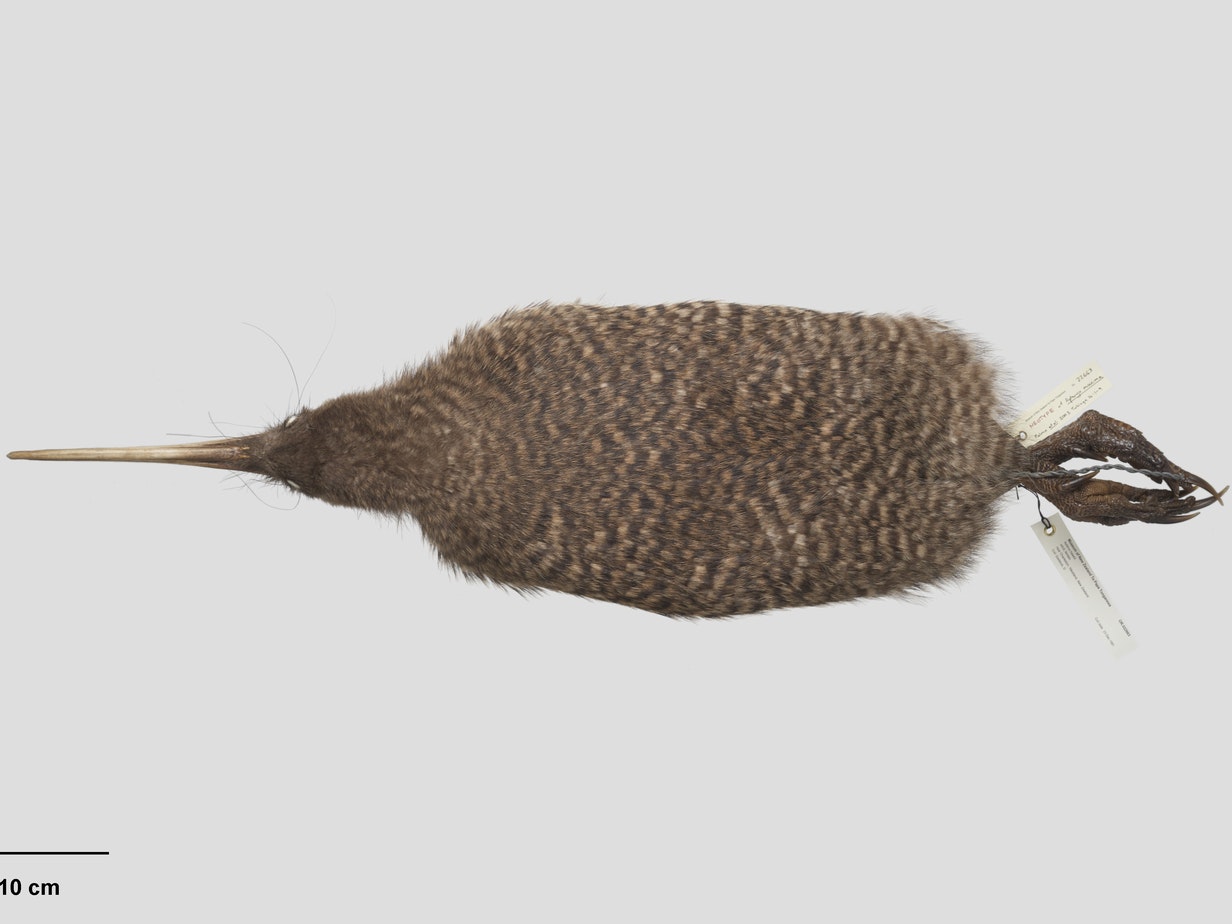
The name Apteryx haastii was applied to the great spotted kiwi in 1872. However, a recent study by Researcher Lara Shepherd, Vertebrate Curator Alan Tennyson, and collaborators, has shown that Apteryx haastii is not what we thought it was.
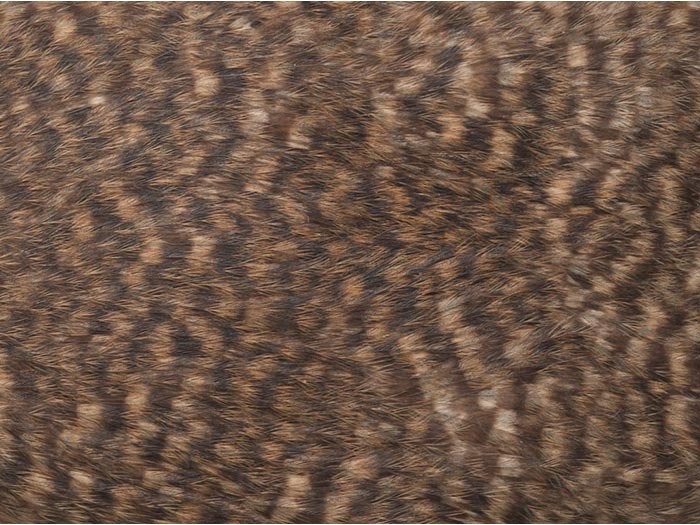

The rowi is New Zealand’s rarest kiwi with only about 600 individuals left in the wild in a single population at Ōkārito. A number of suspected hybrids between rowi and little spotted kiwi have been found over the years, leading the Department of Conservation to wonder whether the genetic integrity of rowi had been compromised by an influx of little spotted kiwi genes.
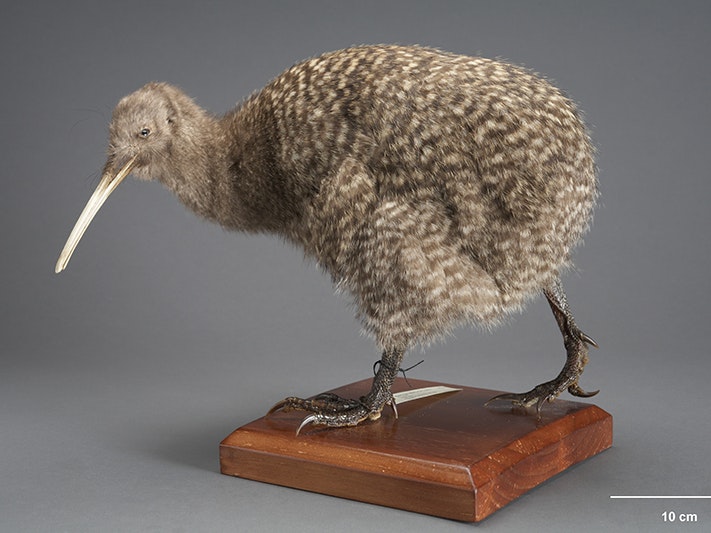
This article by Ricardo Palma, Dr Trevor Worthy, and Alan Tennyson investigates the history, availability, and validity of the nominal taxon Apteryx maxima.
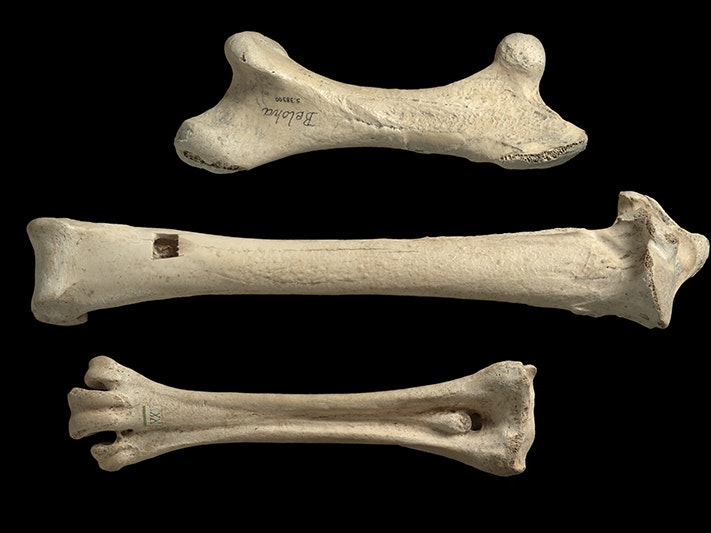
A study published in the journal Science revealed an unexpected origin for New Zealand’s iconic kiwi and overturns the previous idea that the ancestors of kiwi flew directly over from Australia. A coordinated team investigated the DNA from the giant extinct elephant bird and the closest relative of the kiwi turned out to be the elephant bird, not Australia’s emu and cassowary.
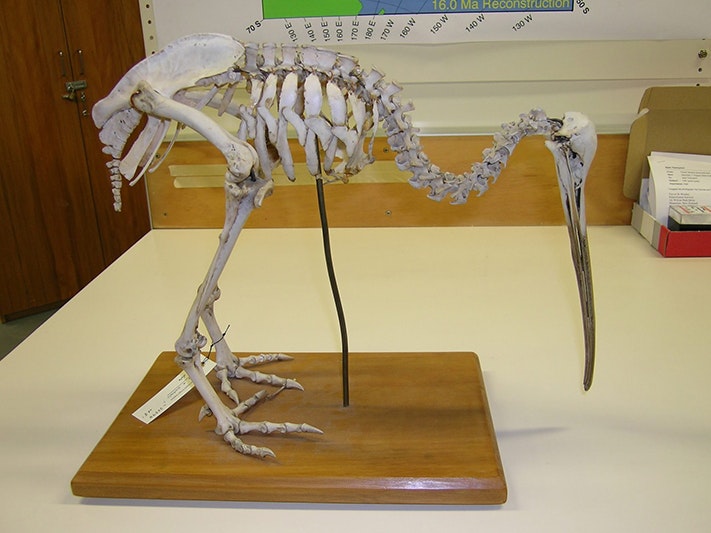
A number of biological specimens in Te Papa’s collection, particularly old specimens, lack information about when and where they were collected. This information may have been lost since the specimen was collected or was simply not recorded at the time.
However, all is not lost! Sometimes we can use DNA to determine where a specimen was collected.

In June 2012, 20 rowi (a species of the flightless kiwi) were flown from the South Island to their new home on Mana Island, near Wellington. It was reported that this was the first time that this species of kiwi had been in the North Island for over a century.
So how do we know that rowi used to be in the North Island?
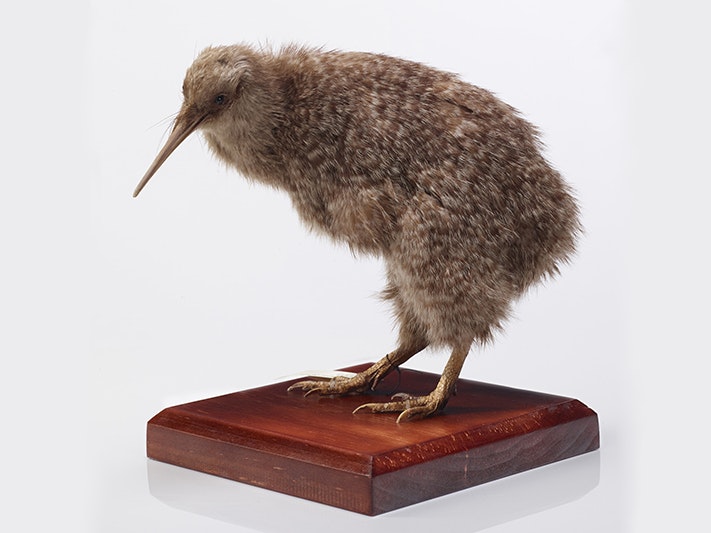
Little spotted kiwi only occur in New Zealand, where there are around 1500 individuals remaining. They are the smallest kiwi species, about the size of a bantam hen, and are very susceptible to predation by introduced mammals, such as stoats and dogs. Today, they survive on predator-free offshore islands and the fenced mainland sanctuary Zealandia in Wellington.
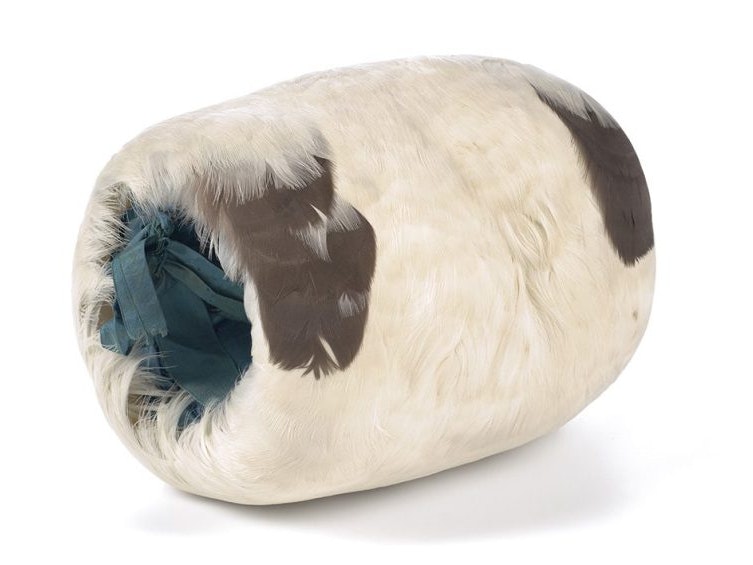
Read Curator Claire Regnault description of some of the objects in the Feathermania: Fashion to die for exhibition in more detail, including some of the problems associated with the popularity of rare bird feathers and the impact on their population as well as society.
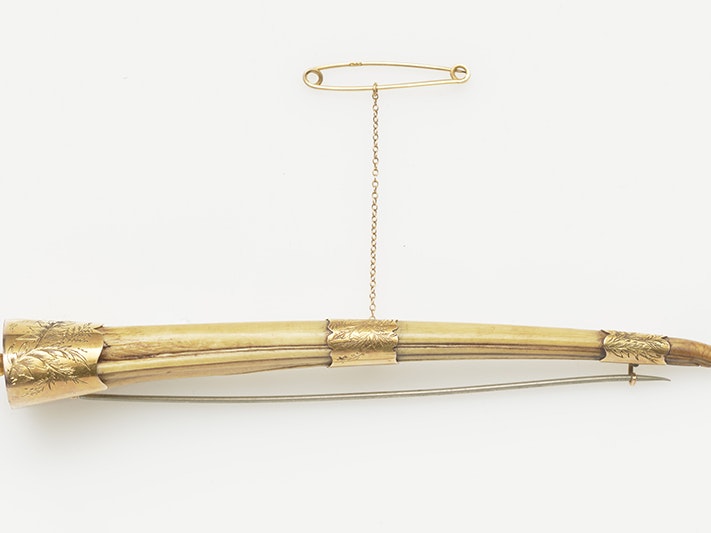
This kiwi beak brooch represents a late 19th century fashion in New Zealand jewellery making for utilising the unique beaks of indigenous birds as a centrepiece.
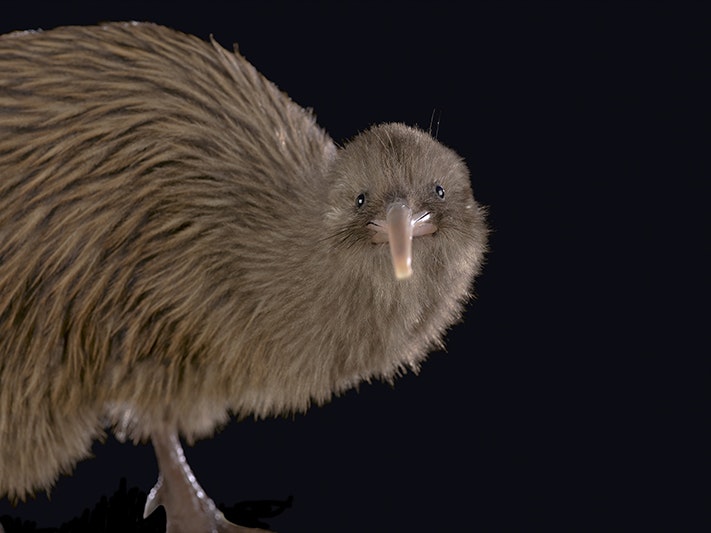
Birds are an important part of New Zealand's nationhood. We are the only nation where the people are colloquially known by a bird name - 'Kiwi'.
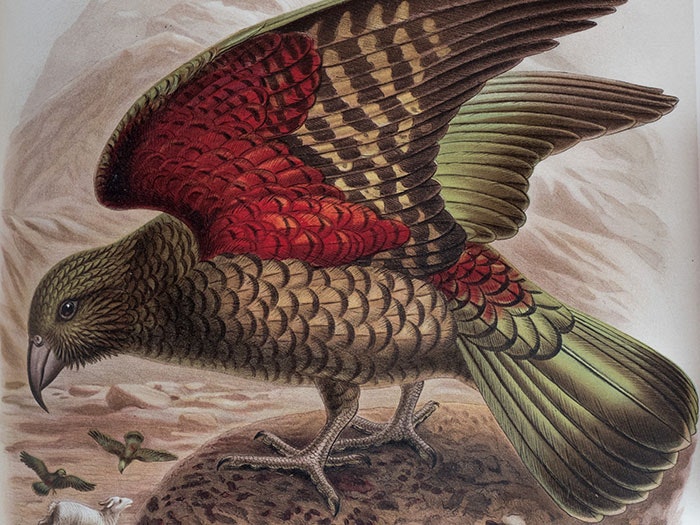
Do you know the difference between a hihi and a huia? Or how many species of kiwi there are in NZ? Put your native bird knowledge to the test.